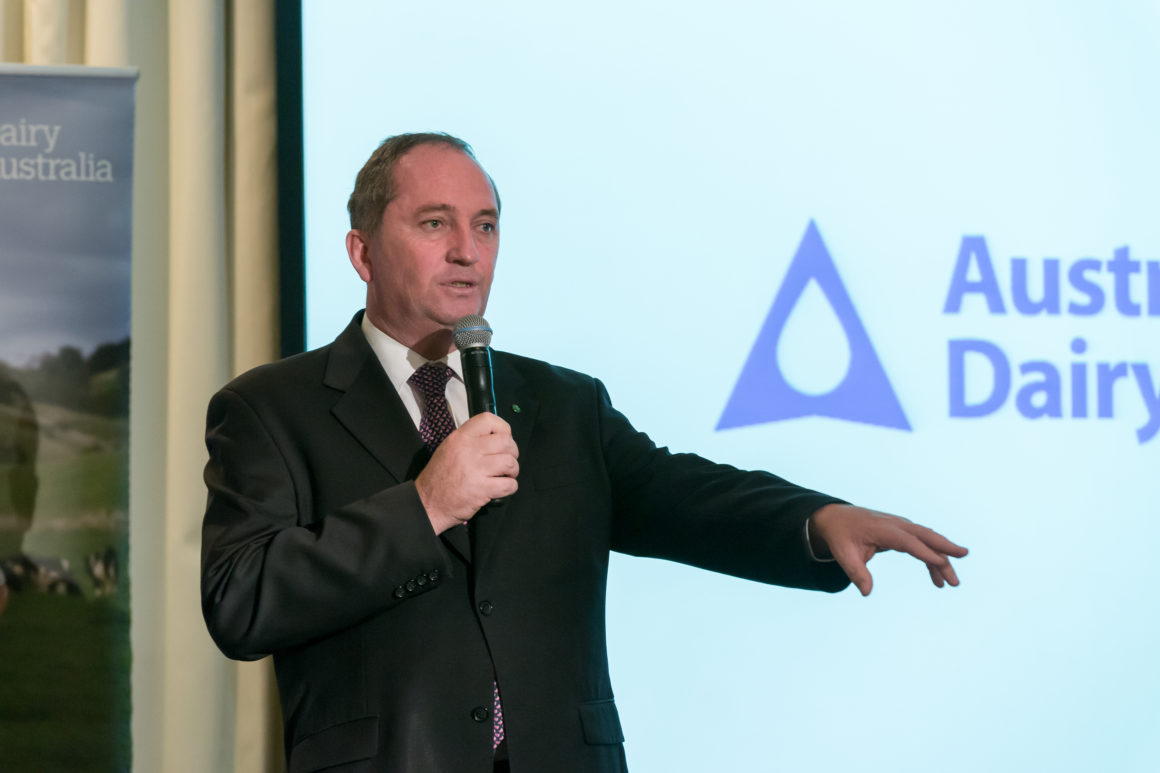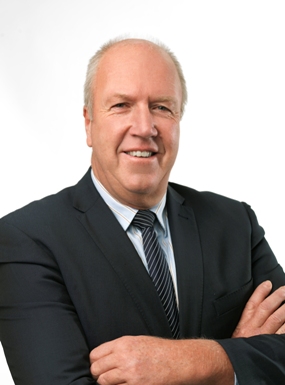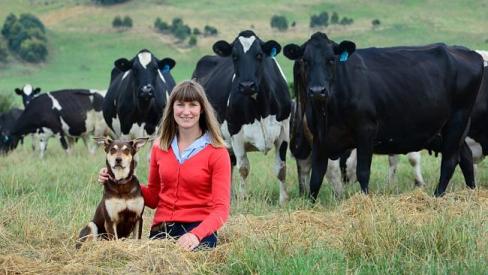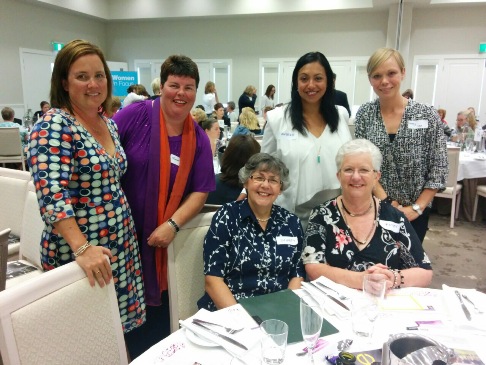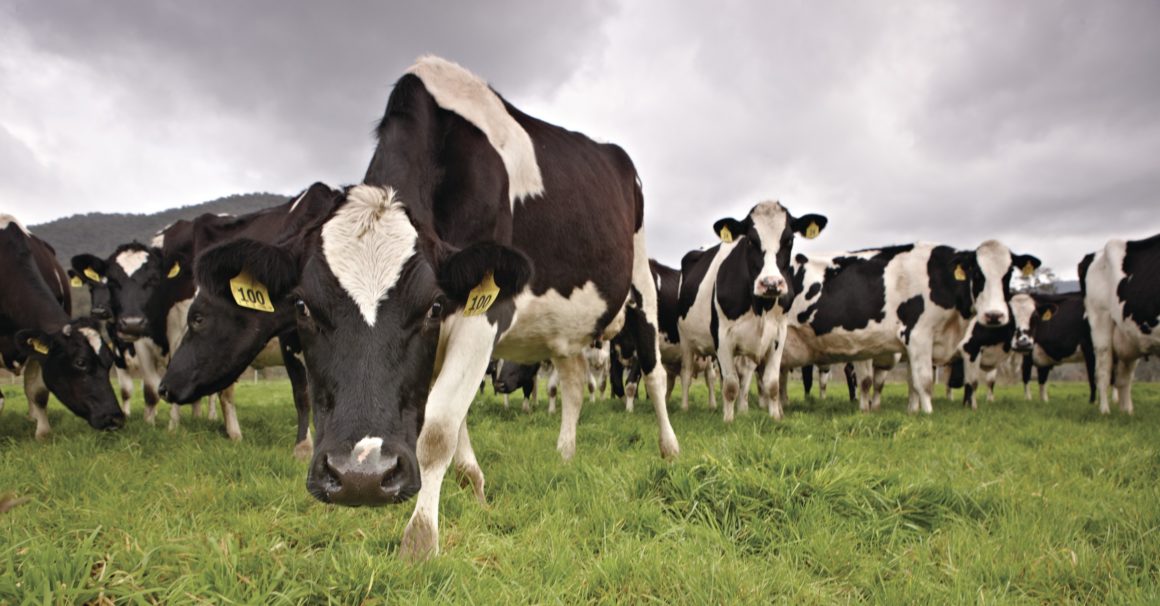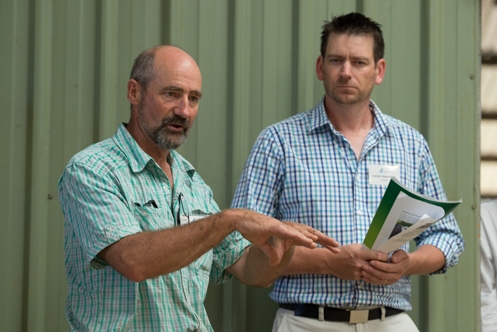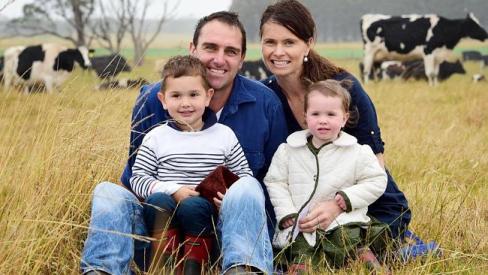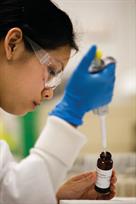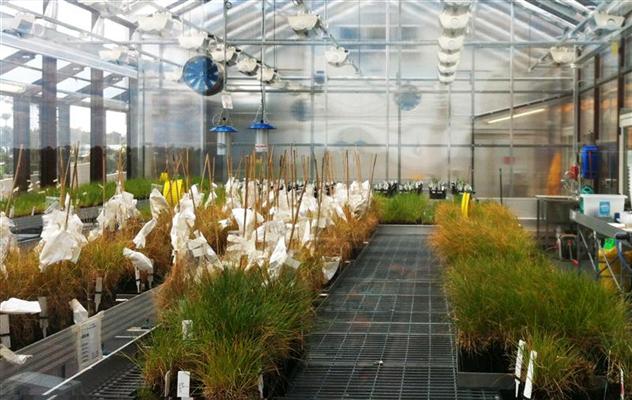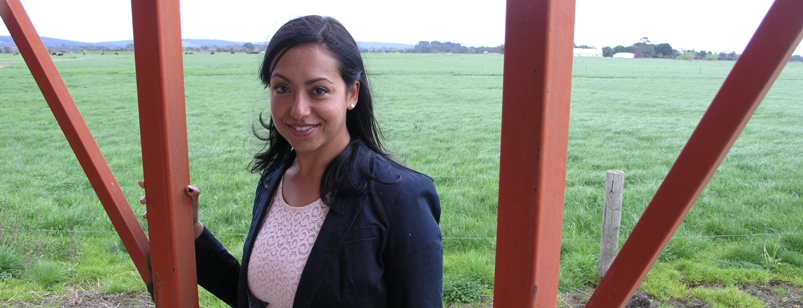The inaugural Australian Dairy Farmers (ADF) National Dairy Farmers’ Summit,
held a year ago in Melbourne on 13 March 2014, was widely declared a positive step forward for the Australian dairy industry.
Insight provided by the 150 strong industry representatives – the overwhelming majority being dairy farmers from across Australia – continues to drive
a whole-of-value-chain approach toward strategies for innovation, investment and growth.
Officially opened by Federal Minister for Agriculture, Barnaby Joyce, the Summit identified 18 future-focussed priorities.
The consistent message was that the industry’s priorities and actions should focus on delivering long-term sustainable profitability.
The outcomes of the Summit formed the basis of a mid-year Australian Dairy Industry Council (ADIC) Strategic Forum, which saw the formulation of the first
ever Australian Dairy Vision.
One year on from the Summit, Australian dairy has seen keen interest in investment from domestic and international parties, and an enthusiastic response
from the dairying community who continue to get on board to help guide and pursue change.
At the March Summit, a push for developing stronger ties with Australian dairy’s trading partners was also ranked high on the priority agenda. During 2014,
the Federal Government successfully concluded free trade agreements (FTAs) with China and Korea. Those FTAs had been avidly sought by ADIC representatives
who lobbied tirelessly over the terms of the deals with critical technical support from Dairy Australia. The industry will reap benefits for years
to come.
Another direction from the Summit was to ensure immigration laws and the pastoral awards are better matched to industry needs. This supported the ADIC’s
submissions and advocacy to Federal Government, and the reviews of skilled migration and 457 visas.
Similarly, 2014 saw major submissions to the Federal Government’s Competition Review – fighting to keep dairying’s best interests on the agenda by improving competitiveness in the domestic market, as well as to the Government’s Agricultural Competitiveness Green Paper – highlighting the priorities for Government in improving dairy’s competitiveness. The considerable body of work squarely answered one of the Summit’s
recommendations, to “pressure Government to enable agricultural prosperity”.
The Summit has driven industry focus over the last year and will continue to do so as we put the Summit priorities into action. Most importantly, it fostered
a strong sense of unity and a shared vision for Australian dairy’s future.

